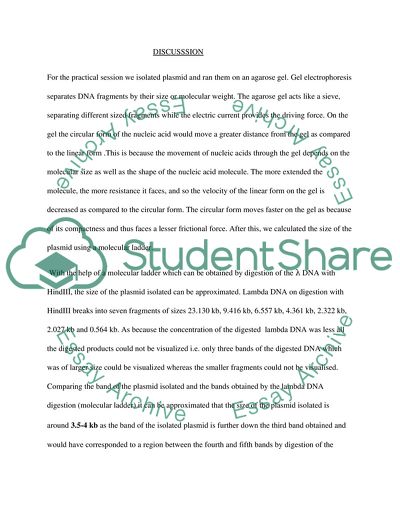Cite this document
(Molecular Genetics Report Example | Topics and Well Written Essays - 1750 words, n.d.)
Molecular Genetics Report Example | Topics and Well Written Essays - 1750 words. https://studentshare.org/biology/1792342-recombinant-dna-application-practical-report
Molecular Genetics Report Example | Topics and Well Written Essays - 1750 words. https://studentshare.org/biology/1792342-recombinant-dna-application-practical-report
(Molecular Genetics Report Example | Topics and Well Written Essays - 1750 Words)
Molecular Genetics Report Example | Topics and Well Written Essays - 1750 Words. https://studentshare.org/biology/1792342-recombinant-dna-application-practical-report.
Molecular Genetics Report Example | Topics and Well Written Essays - 1750 Words. https://studentshare.org/biology/1792342-recombinant-dna-application-practical-report.
“Molecular Genetics Report Example | Topics and Well Written Essays - 1750 Words”. https://studentshare.org/biology/1792342-recombinant-dna-application-practical-report.


